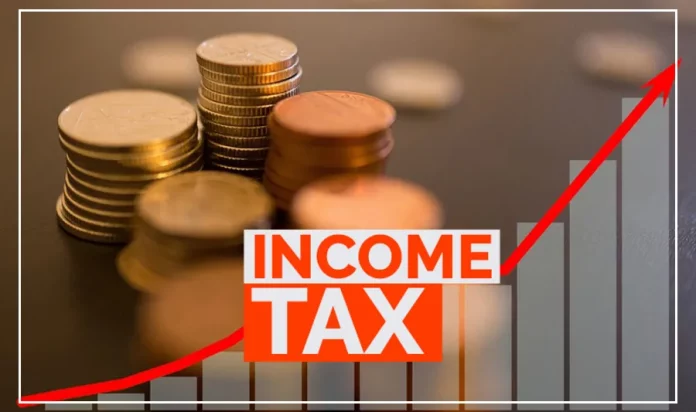The commencement of the new financial year on April 1st brings significant updates from the Income Tax Department regarding tax filing procedures.
Taxpayers nationwide can now avail themselves of online forms to pay taxes and file their returns for the financial year 2023-24 (Assessment Year 2024-25).
Among the newly released forms are ITR-1, ITR-2, and ITR-4, catering to individuals, professionals, and small business owners.
With these forms available online, taxpayers have the convenience of filing their returns efficiently.
Understanding Which ITR Form to Fill
Filing income tax returns demands careful consideration, often prompting individuals to seek professional assistance.
However, for those opting to file independently, determining the appropriate ITR form poses an initial challenge.
Identifying the Correct ITR Form
Selecting the correct ITR form is crucial to avoid rejection or categorization as defective by the tax department. Here’s a brief overview of the available forms:
ITR-1
Designed for individuals with income up to Rs 50 lakh, sourced primarily from salary, family pension, or residential property. It allows for filing even if income from farming is up to Rs 5,000.
Notably, individuals holding directorial positions in companies or shares in unlisted companies cannot utilize this form and must await Form-16 from their employers to proceed.
ITR-2
Applicable for individuals with income exceeding Rs 50 lakh, requiring disclosure of multiple residential properties, capital gains or losses from investments, dividends exceeding Rs 10 lakh, and farming income surpassing Rs 5,000.
Additionally, individuals earning interest from provident funds must also employ this form.
ITR-3
Essential for individuals earning profits from businesses, incorporating all income disclosures from ITR-1 and ITR-2.
Moreover, it is mandatory for reporting capital gains from share or property sales and income derived from interest or dividends.
ITR-4 (Sugam)
Also known as Sugam, this form caters to companies with incomes exceeding Rs 50 lakh, particularly those falling under sections 44 AD, 44 ADA, or 44AE.
Ensuring the accurate selection of the ITR form aligns with smooth and successful tax return filing, preventing complications or rejections.
